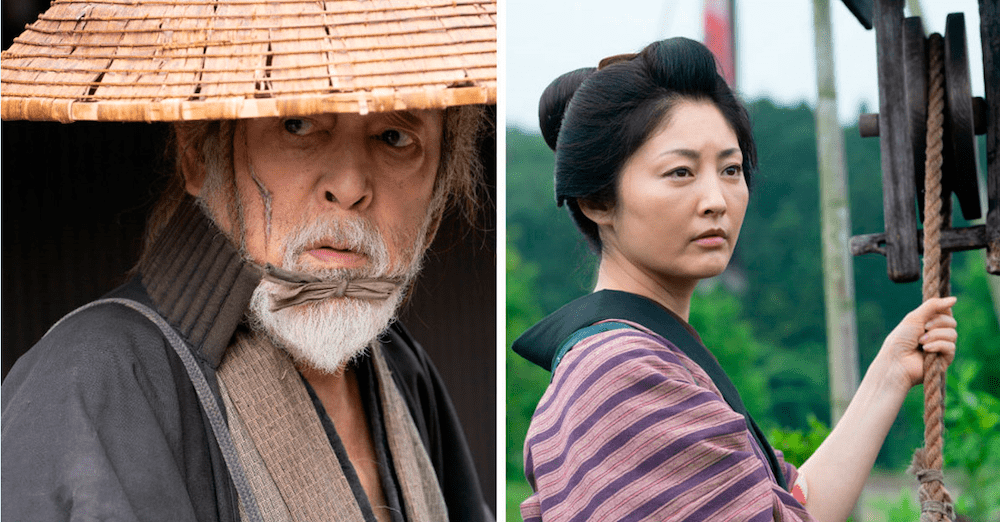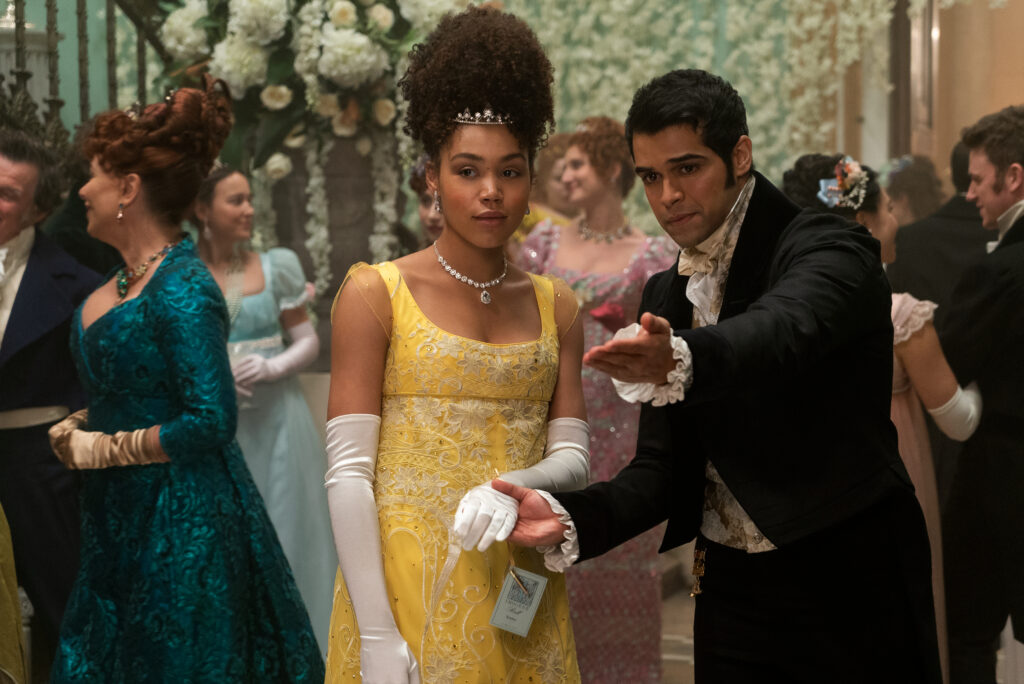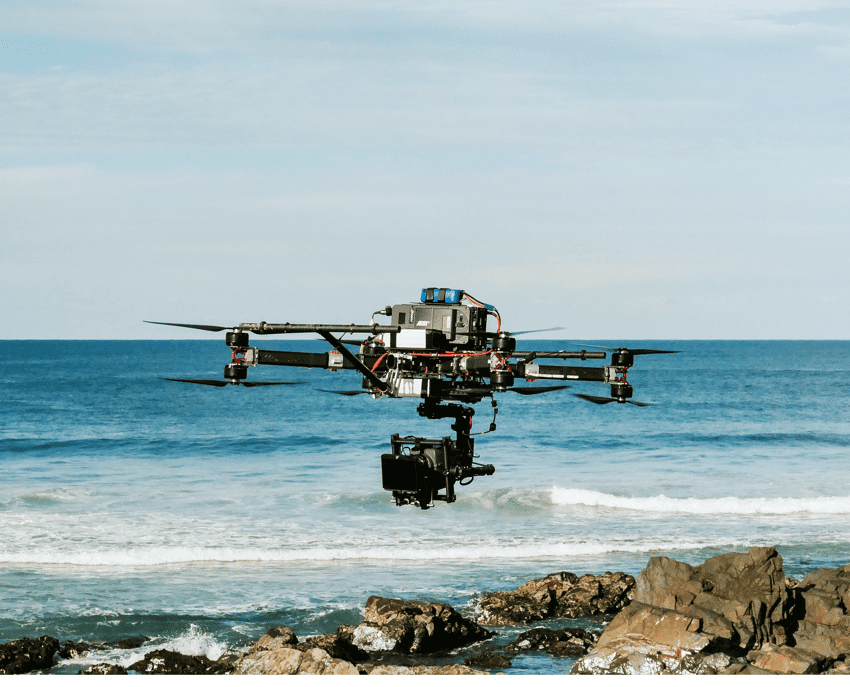From how audiences find and consume content to the way buyers and sellers interact, there’s not a link in the audiovisual industry chain that has been untouched by the tech revolution. Here we highlight just a few examples of how technology is transforming the content creation and production process for the future of TV.
AI/machine learning – a second pair of eyes
At its core, AI/machine learning is all about ingesting and interpreting data. In the TV context, it tends to be discussed in relation to how Netflix is changing the TV industry with the use of algorithms – which can help the platform select projects to invest in or what to recommend to subscribers. But AI/machine learning can also get into the mechanics of the creative process. One example would be scanning scripts, to see if any issues need to be flagged up – such as plagiarism, lack of diversity or IP infringements. Imagine how much money a studio could save if it identified a rights clearance issue at script stage – rather than when a production is already on screen. AI/machine learning can also identify continuity or quality-control issues during production. Never again should a costume drama need to go to air with a satellite dish in the background or the sound of a mobile phone. As for the future of TV, experiments have also begun to see whether AI can even go so far as to write original scripts.
4K/8K – the relentless pursuit of on-screen perfection
The TV industry keeps pushing back the boundaries of production quality, with Japanese dramas such as Kansai TV’s The Return among the early pioneers in 8K production. This is clearly a positive development for the creators and distributors of high-end content – as well as demanding TV audiences. But it does mean there is no scope for cutting corners on costume, make up and set design – because high resolution imagery will pick up any flaws. Every stitch, every ornament, every structure, every lock of hair needs to be perfect. This is all good news for the future of TV’s craft base, which is more than ever the lynchpin of high-end productions like The Crown and Bridgerton. It also bodes well for historical researchers who feed into development.

Mobile & YouTube – the great democratisers
High-end TV production gets ever more complex, immersive and expensive; but advances in production tech means there is no excuse for not starting your own content-creation journey these days. YouTube influencers are, of course, the perfect exponents of this – but the easy accessibility of high-quality affordable production hardware and software points to a future in which scripted and documentary are within reach of an ever-expanding community. There are some great examples of movies shot using smartphones, for example. And there is an abundance of editing software for platforms like Instagram and YouTube. Democratising tech alone won’t make you Steven Soderbergh, but it can kick open a door that eventually leads to widespread industry recognition.

Remote cameras – the Covid-friendly solution that’s here to stay
Remote cameras, including robots and drones, have been proving their worth in genres like sport and natural history for some time. But the challenges of working during the pandemic have seen a growing number of documentary-makers turn to remote tech as a solution – and there’s a good chance this will continue into the future. There is, for example, a product called Crew in a Box, where all of the kit required to conduct an interview is sent to the subject then managed remotely by the producer/director. Remote cameras might take some of the fun out of the job, but there’s a potential saving in flights and hotels, etc, as well as the environmental dividend of reduced carbon footprint. Arrow Media, for example, successfully deployed remote cameras to help it complete season six of See No Evil (top photo) for Discovery ID during Covid-19. Other companies developing remote production solutions include Over Exposed.

VFX – recreating reality for Covid-hit productions
We’re all used to the awe-inspiring capabilities of the VFX industry. But this is certainly a skillset that producers have turned to during Covid-19. Not only can VFX help by replicating lost locations, it also reduces the need for large shoots with hundreds of people milling around – a logistical nightmare when trying to be Covid-compliant. Once producers have tried VFX and found that it works, many are likely to keep using it – even when things get back to normal. In the near future, TV budgets are likely to be tight and VFX will probably prove cheaper than using multiple locations. Interestingly, the VFX industry has not suffered too greatly as a result of the pandemic, with most major players managing to devise remote working solutions for their artists.
Voice Assistance – supporting interactive TV and editorial research
The most obvious application of voice assistance in the TV context is finding content – either entire shows or sequences within them: ‘Alexa, show me the scene where they kiss’. But in the future, voice could also have a role to play in the content itself. Interactive TV, for example, is always going to feel a little clumsy if we need to pursue content paths with a remote control. But voice can make our interactions with TV feel more natural and, in due course, more immersive. Right now, voice-controlled interactive TV may just be a question of choosing option A, B or C. But imagine a point where a range of Karaoke-style cues appear on screen – scripted lines that the viewer can deliver that drive the action forward in difference directions. Suppose further that the voice assistant can respond to tone – so that the viewer is directed down different paths depending on whether they are tense, sad, happy and so on. Separately, NHK is reported to be doing some interesting work with voice, combing social media and environmental monitoring systems to report on newsworthy situations. The system is taught to look for certain words and phrases divided into a series of different news categories.
VR/AR – the road to immersive documentaries
Advances in camera technology, graphics, reconstruction and access to subjects have all pushed the documentary genre to remarkable creative heights. But in the future of TV it can go further – because this is one genre where Virtual and Augmented Reality really feel like they can be additive rather than gimmicks. If you want to walk around inside an Egyptian Pyramid or experience what it’s like to be inside a space station, then VR/AR is the answer. Clearly, economic considerations have held back widespread usage of these technologies outside gaming, but there have been interesting experiments – such as the AR documentary that allows you to be the customs officer deciding who should be allowed into your country. Events like Sundance and the Sheffield Documentary Festival have been great showcases for pioneering work in this field.
Zoom – freeing production from geographic constraints
It’s hard to write a piece about the future of TV tech without acknowledging Zoom’s impact during Covid-19. Most TV execs will be glad to see the back of video conferencing when restrictions end. But there are a few scenarios were producers might continue to use it in a post-Covid world. Some producers, for example, have found Zoom convenient for script table reads – easier than trying to get all the main cast members together at the same time. Others have seen benefits in terms of casting non-fiction series – allowing them to using a regional network of freelance casting specialists and uncovering fresh characters in the process. Zoom is also a way of reducing the number of decision-makers who actually need to be on set – something that will continue to be a consideration until the threat of Covid-19 is completely eradicated or controlled.





